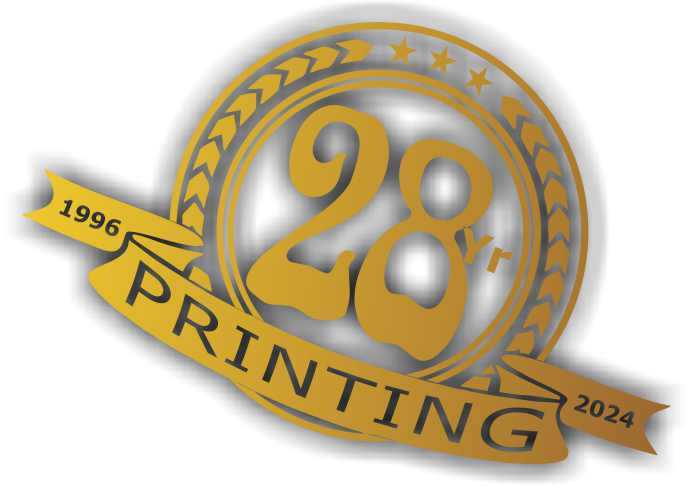
Introduction
Logos serve as the visual cornerstone of a brand, encapsulating its identity, values, and ethos in a single, instantly recognizable image. An effective logo is not just a random arrangement of colors and shapes but a thoughtfully crafted design that communicates the essence of the brand it represents. In this article, we'll explore the principles of effective logo design and examine several case studies to understand how these principles are applied in practice.
Principles of Effective Logo Design
Simplicity
- Why It Matters: A simple logo is easily recognizable and memorable. Complexity can dilute the impact and make the logo less versatile across different mediums and sizes.
- Example: The Nike swoosh is a paragon of simplicity. Its clean, curved line is immediately identifiable and conveys movement and speed.
Memorability
- Why It Matters: A memorable logo sticks in the mind of consumers, enhancing brand recall and loyalty.
- Example: The McDonald’s golden arches are a memorable icon. Their unique shape and color make them easily distinguishable from other brands.
Timelessness
- Why It Matters: A timeless logo doesn’t rely on trends that may quickly fade. It remains effective and relevant for years.
- Example: The Coca-Cola logo has undergone very few changes since its creation in the late 19th century, yet it remains as relevant today as ever.
Versatility
- Why It Matters: A versatile logo works well across various applications and sizes, from a business card to a billboard.
- Example: Apple's logo is versatile. It looks just as good on the back of an iPhone as it does on a large storefront.
Appropriateness
- Why It Matters: A logo should be appropriate to the industry and audience it serves, conveying the right message and tone.
- Example: The WWF (World Wildlife Fund) logo uses a panda, an animal that is universally associated with wildlife conservation, conveying the organization's mission effectively.
Case Studies
Case Study 1: FedEx
- Principles Applied: Simplicity, memorability, and hidden meaning.
- Analysis: The FedEx logo is a masterclass in simplicity and clever design. The clean typography ensures readability, and the hidden arrow between the "E" and the "x" symbolizes speed and precision, reflecting the company's core values.
Case Study 2: Google
- Principles Applied: Simplicity, versatility, and timelessness.
- Analysis: Google's logo has evolved over the years but has always maintained a simple, colorful aesthetic. The use of primary colors signifies playfulness and approachability, while the clean lines ensure the logo is versatile and timeless.
Case Study 3: Starbucks
- Principles Applied: Appropriateness, versatility, and memorability.
- Analysis: The Starbucks logo, with its mermaid figure, evokes a sense of tradition and mystery, tying back to the company’s roots in coffee trading. Its distinctive design ensures it stands out, and the simplification over the years has made it versatile for various applications.
Case Study 4: Mercedes-Benz
- Principles Applied: Timelessness, memorability, and appropriateness.
- Analysis: The three-pointed star of Mercedes-Benz represents the brand's dominance over land, sea, and air. Its clean, geometric design has remained virtually unchanged since its inception, proving its timelessness and memorability.
Conclusion
Designing an effective logo requires a deep understanding of the brand and the application of key design principles. Simplicity ensures recognizability, while memorability fosters brand loyalty. A timeless logo avoids fleeting trends, maintaining relevance for decades. Versatility guarantees the logo's effectiveness across various media, and appropriateness ensures it communicates the right message. By studying successful logos, designers can glean valuable insights and create logos that stand the test of time.

 29 years of #TheProfessor
29 years of #TheProfessor

 12% rewards for affiliate members
12% rewards for affiliate members

Leave a Comment